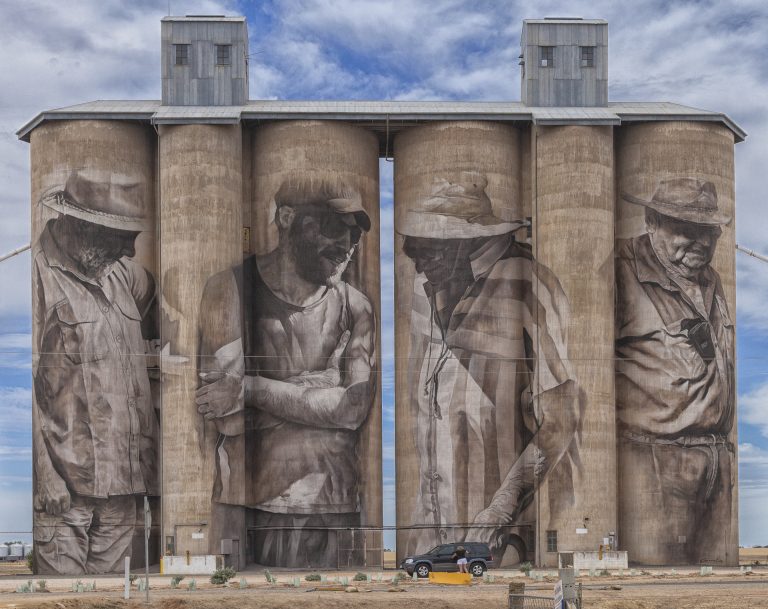10th millennium BC
Muralism, Monumental painting.

description
From the Latin monumentum – “keeping memory”; from the Spanish mural – “wall painting”.
Monumental painting was an art movement within monumental art, characterized by the application of a long-lasting coloring agent to architectural structures and other stationary foundations, which characterizes the large scale of the works.
Monumental painting originates from the painting of caves in the Paleolithic era and subsequently coexists with sculpture and architecture to this day. Thanks to this, we know about the culture and the events that took place before our era.
Paintings of the past tell us about heroic events and wars, religious and mythological legends. Today, murals reflect the socio-political structure of society, the psycho-emotional state of the artist and his environment, introduce us to modern heroes of books and films. Muralism preserves the tradition of hand-painted walls using new technologies and materials.
Artistic form: painting of walls, ceilings, floors, fresco, mosaic, encaustic, stained glass, sgraffito, majolica.
Key ideas:
– The muralist offers us a distance to view compositions and silhouettes that interact harmoniously with all the constituents of the city. The works are not particularly realistic; the main task is to achieve a decorative effect, emphasized by semantic content.
– The work of muralism does not bring something new, but is part of the architectural ensemble. However, it can also be an aesthetic dominant, transforming poor neighborhoods and cities into open-air galleries, increasing tourist traffic, and raising the self-esteem of local residents.
description
A Russian sculptor-muralist, master of the portrait genre, as well as the author of innovative household plastics - vases, glasses, glass figurines.The sculptor taught by prominent Russian and Parisian masters preferred the monumental genre and introduced some techniques of cubism and futurism into the sculpture. She became famous for her impressive monuments, the main of which is “Worker and Collective Farm Girl”, for which the author was awarded the Grand Prix at the International Exhibition in Paris. She also won the Venice Biennale.Over the years, the artist was a member of the art associations "Monolith", "Four Arts", the Society of Russian sculptors, the "Team of Eight", became an academician and got the title of People's Artist of the USSR.The sculptor created dozens of portraits of war heroes, scientists, artists, in which the image of outstanding people is realistic and emotional.Vera Ignatyevna was awarded the USSR State Prize five times for individual works, orders and medals not only in her country. She taught at the sculptural faculties of several educational institutions, was an author of theoretical articles on monumental sculpture.The Vera Mukhina Museum was opened in Feodosia, where she lived for a long time; a crater on Venus was named in her honour.
1889 - 1953
description
A British Symbolist painter, a master of monumental painting, illustrator and theater artist. He was a professor of decor and composition at the Scottish School of Art (Glasgow). Being close to contemporary theosophical and mystical groups, Cayley Robinson interpreted existential, philosophical questions in his own way, through mythological and biblical images. The artist was a member of the Royal Society of Watercolourists, the New English Art Club (New English Art Club), in other significant creative unions and organizations of Great Britain. The artist was a member of the Royal Society of Watercolourists, the New English Art Club and other significant creative unions and organizations of Great Britain.
1862 - 1927
